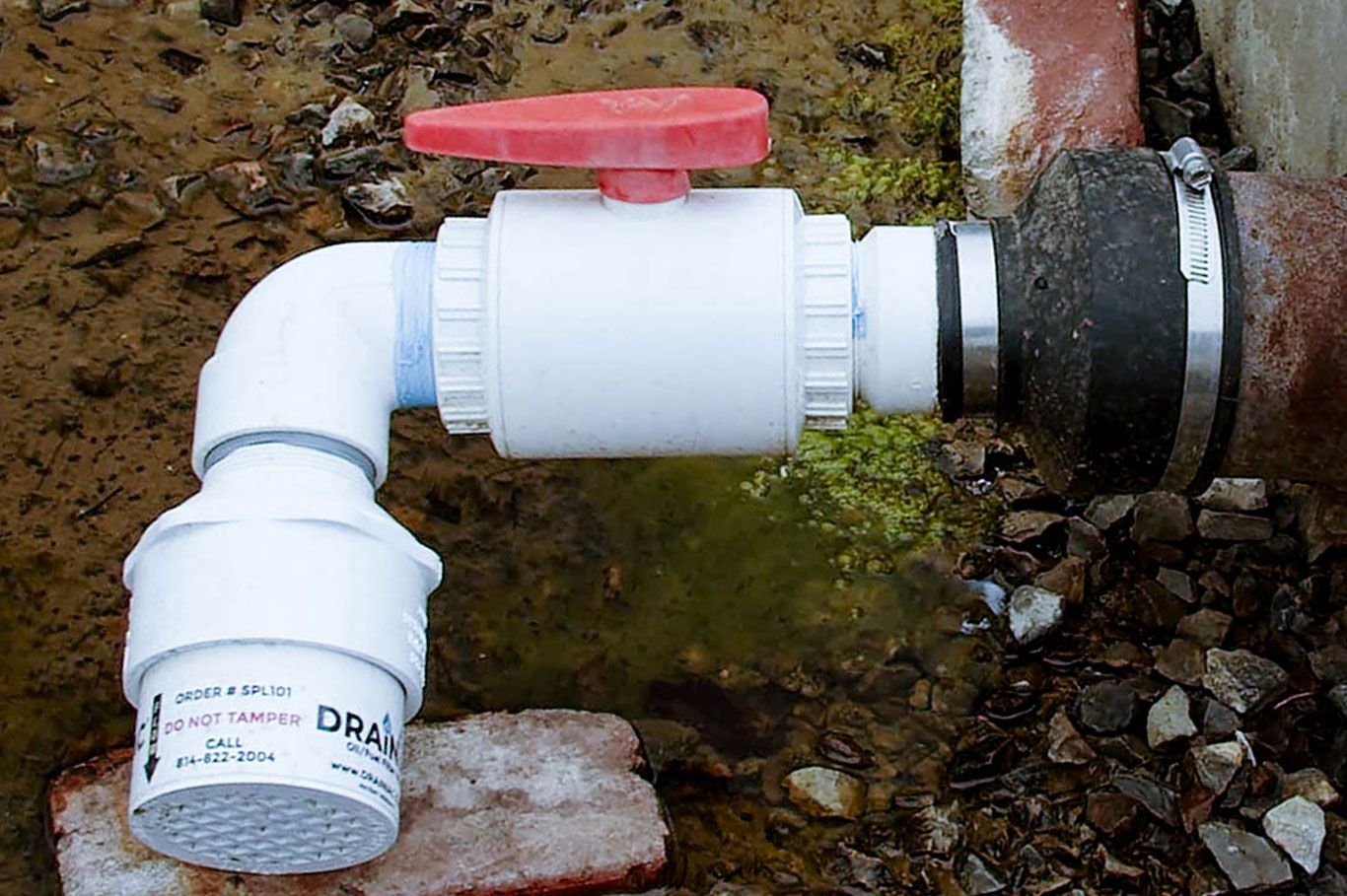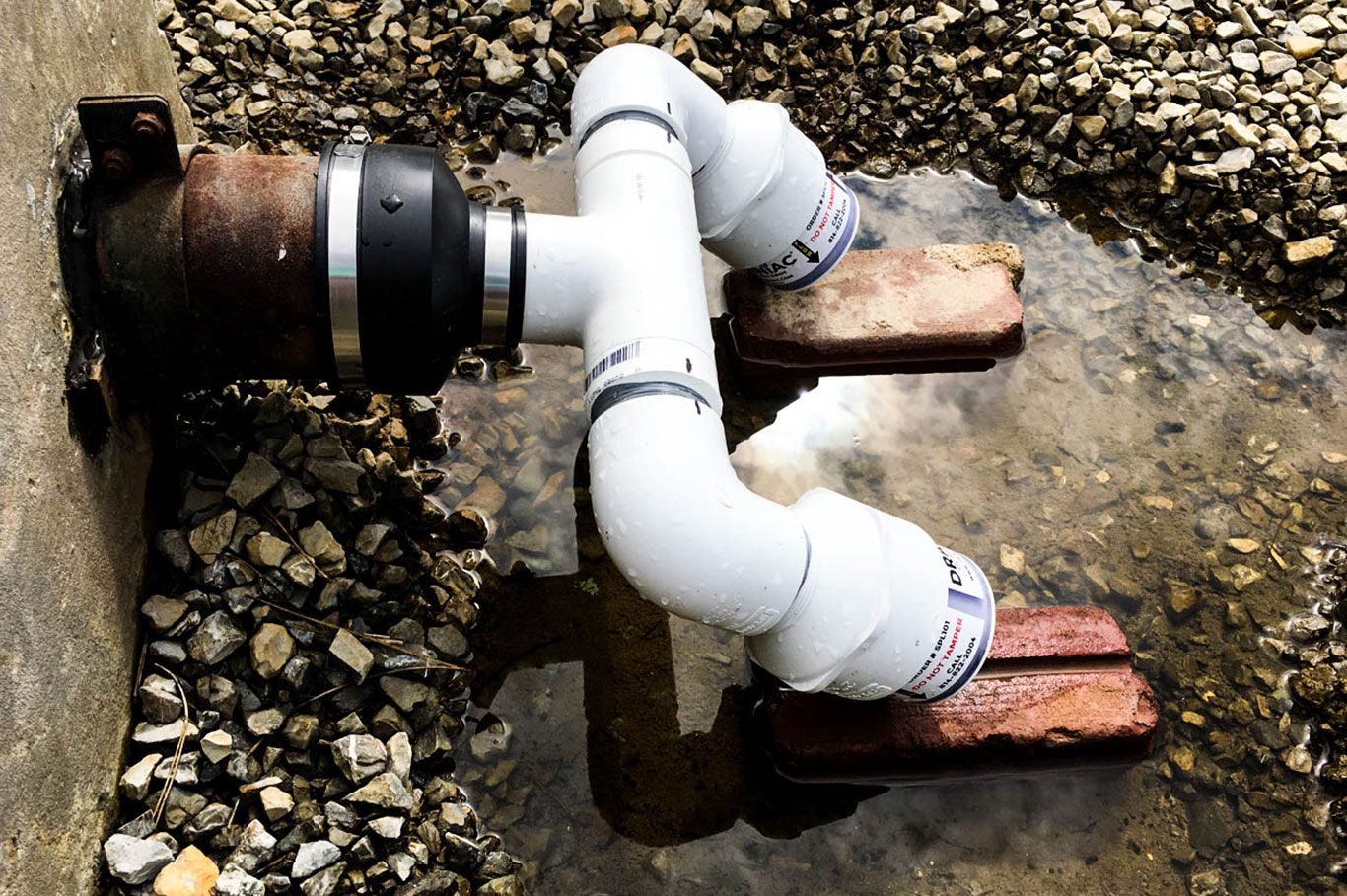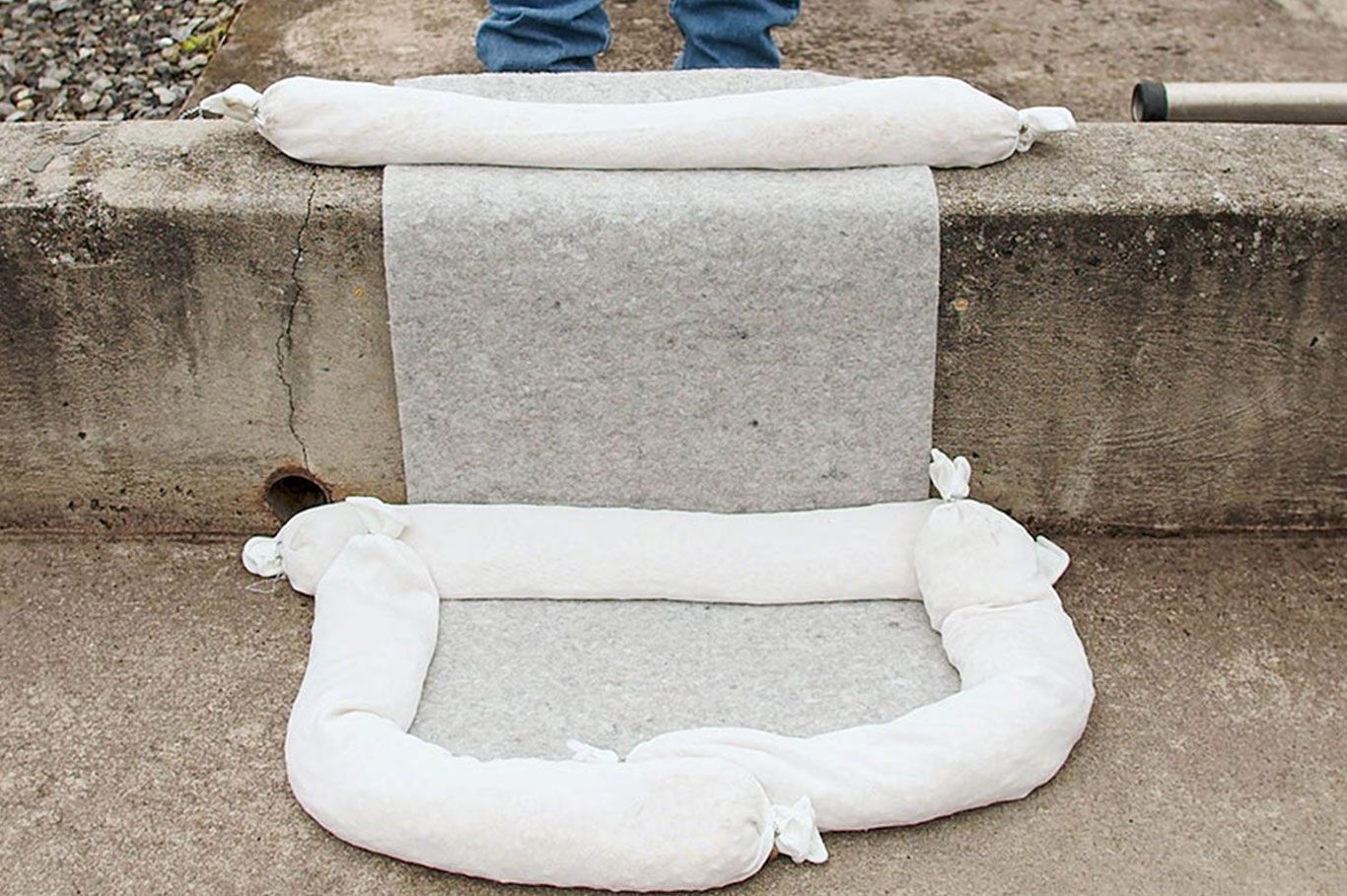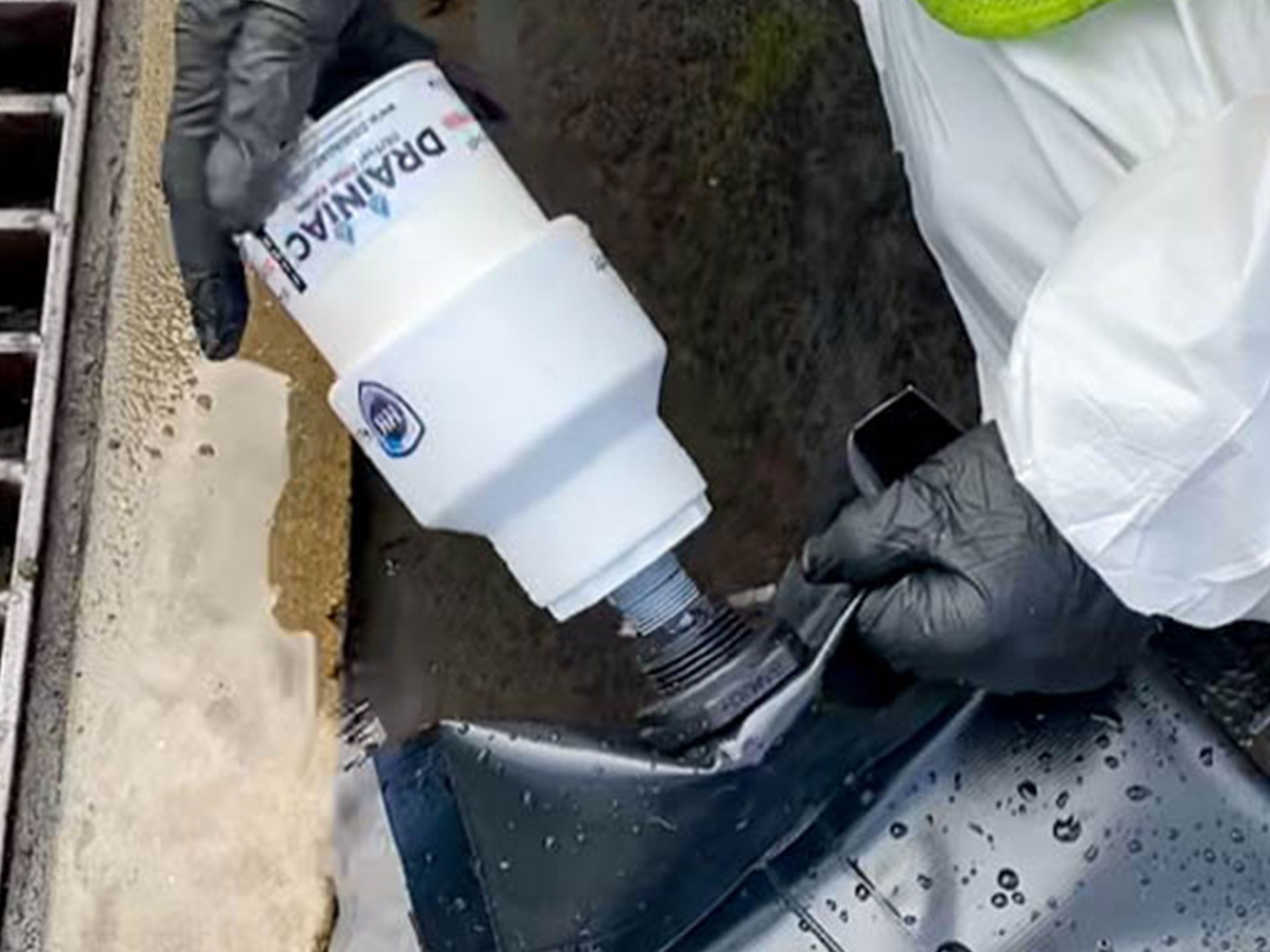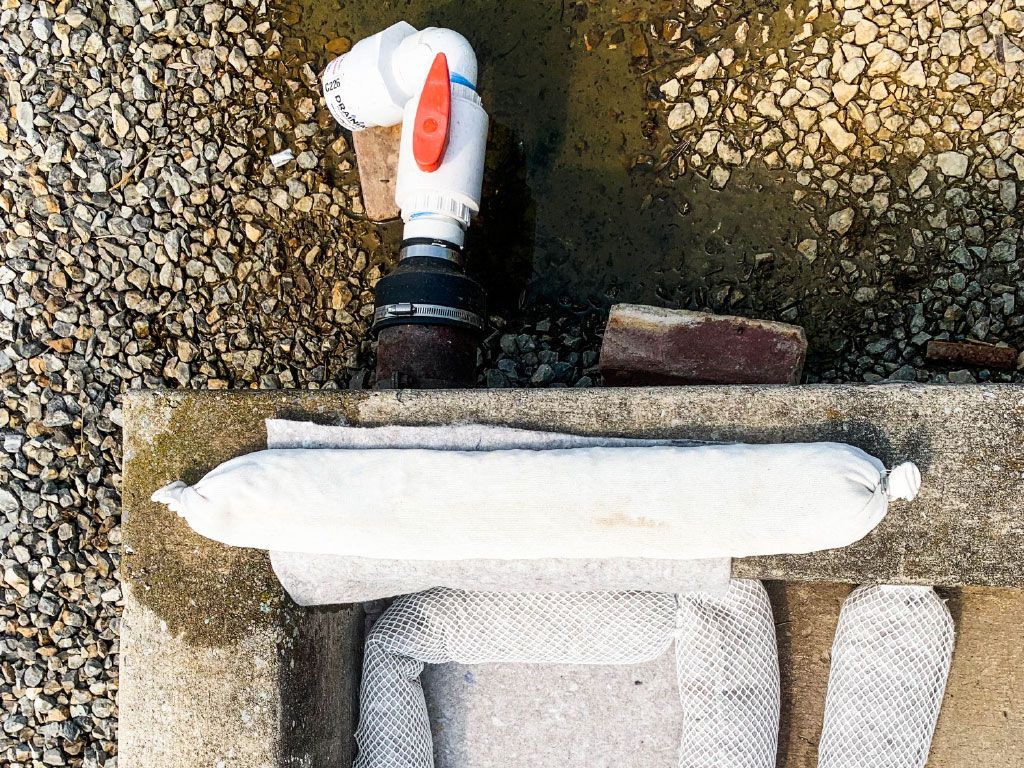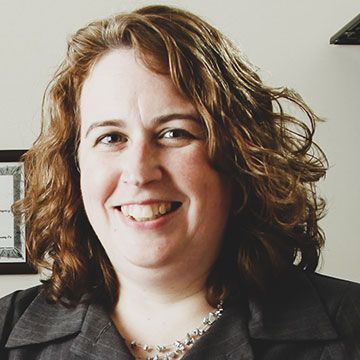
Are You Spending Too Much Time Draining Stormwater from Secondary Containment Systems?
Secondary containment systems are one of the most practical ways to prevent bulk oil and petroleum spills from leaving a terminal. Whether they’re made of earthen materials, poured concrete or fabricated polymers; they also collect a lot of stormwater every time it rains or the snow melts.
For any secondary containment system, staying in compliance with Spill Prevention Control and Countermeasures (SPCC) regulations means draining each unit in a timely manner after it stops raining and when snow or ice melts. Draining accumulated precipitation helps to:
- Ensure that systems maintain enough capacity to fully contain spills
- Minimize slip and fall hazards, especially when there’s a risk of freezing
- Prevent insects from harboring
- Reduce corrosion risks for tanks, pipelines, and containers
- Decrease the risk of structural damage to the containment system
But, before systems are drained, they need to be inspected for oil sheens because discharging oil sheens violates water quality standards and can set the facility up for expensive environmental fines. Calling a vac truck to pump out the systems is expensive, too – but at least spares the facility from the bad press associated with NOVs and non-compliance.
Even if there’s no sheen, draining large secondary containment systems can take hours, even when there are multiple drain valves. And, if all of the valves aren’t closed afterwards, the whole terminal becomes vulnerable to costly spill response and remediation costs in the event of a tank or pipeline failure.
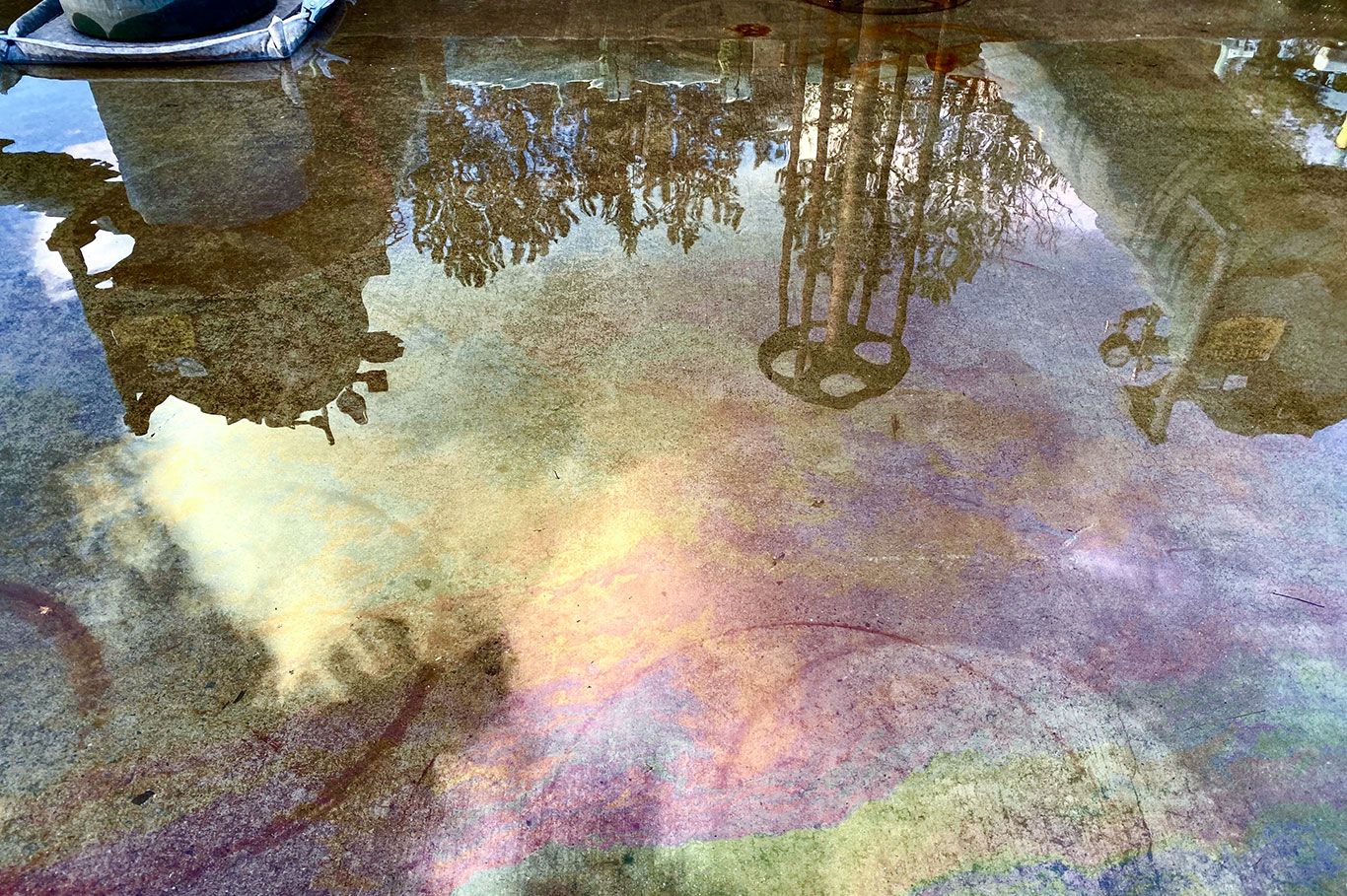
Secondary containment systems must be inspected for oil sheen before draining.
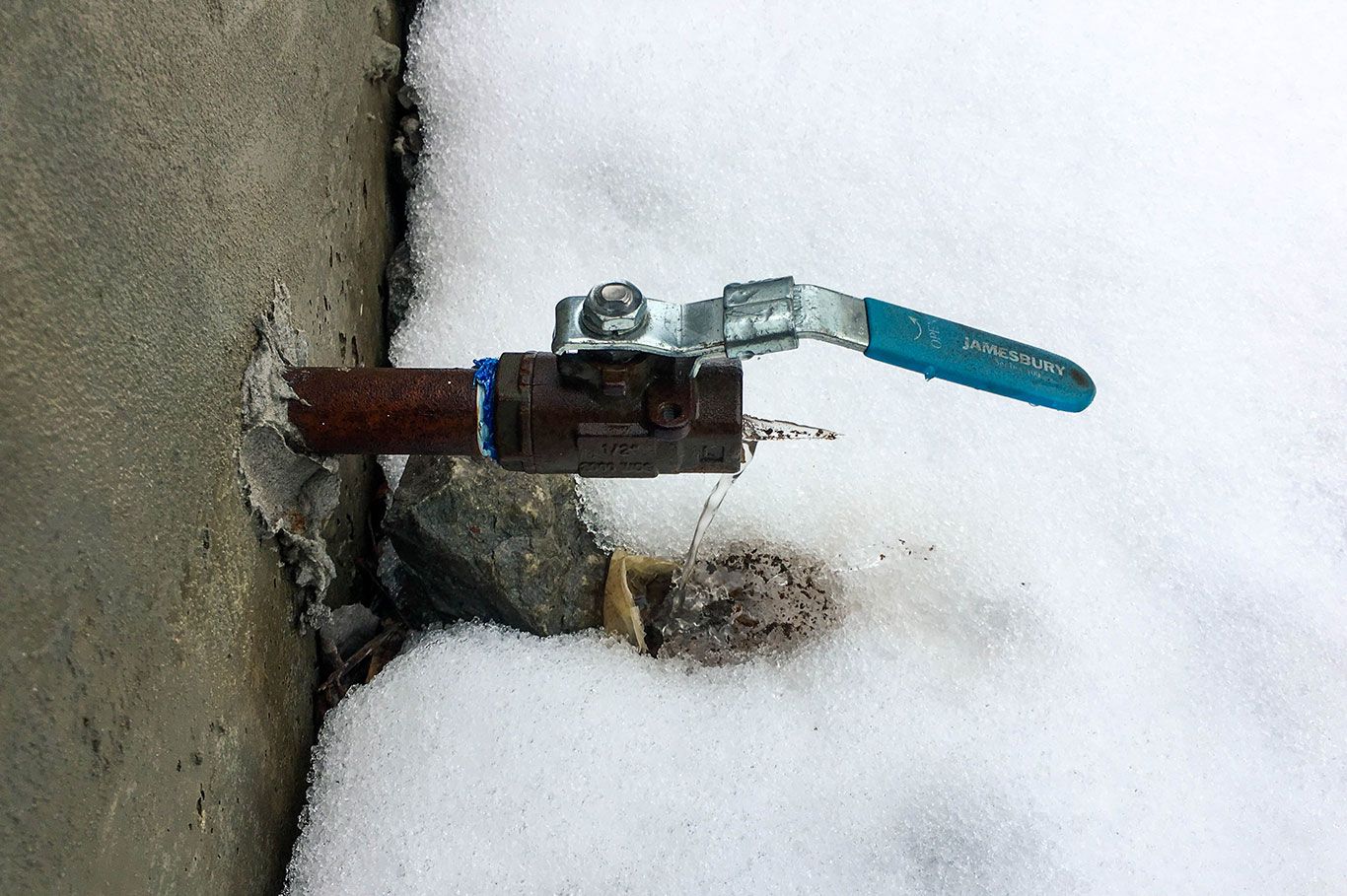
Open valves can lead to costly remediation costs for Bulk Liquid Terminals.
Passive Oil Water Separation
When it comes to preventing oil discharges, facilities can implement both active and passive pollution prevention measures. Active measures require someone to be physically present to perform a task. A good example of an active measure is a field service technician using the contents of a spill kit to clean up a spill.
Passive measures are those that work regardless of the presence of a person. Secondary containment systems that are properly sized and maintained are an example of a passive measure. If something inside the secondary containment system fails; the spilled liquids are contained, regardless of a person’s presence or absence.
Oil-water separators are another control measure that can be used to prevent oil discharges. They can be either active or passive. Drainiac® Petroleum Filter Valves are passive oil-water separators that are attached to the outflow valves of secondary containment systems to allow clean water to drain while filtering out and capturing oil and fuel sheens.
During storm events, water drains through each Drainiac® Filter Valve to prevent secondary containment system overflows. In the event of a tank failure, pipeline break or spill, the filtration media in the Filter Valve swells, shutting off the valve and preventing oil and fuel from being discharged.
Reduce Secondary Containment Maintenance Costs
Using Drainiac® Filter Valves as passive oil-water separators reduces the time operators need to spend manually draining secondary containment systems from hours to minutes. Following a storm event, each system just needs to be inspected to verify that the Drainiac® Filter Valve is still working.
-
If all of the stormwater has drained from the system, the Filter Valve is still in working order.
-
If stormwater is still draining through the Filter Valve, it is still in working order and will continue to drain (unless a spill happens.)
-
If there is water, oil, or fuel in the system and nothing is draining from the Filter Valve, it has reached its oil absorption capacity and needs to be replaced.
Drainiac® Filter Valves can be installed on multiple discharge valves for even faster removal of accumulated stormwater. Because they capture oil sheens and prevent them from being discharged, there’s no longer a need to call in expensive vac trucks to pump out large volumes of water that only contain trace amounts of oil.
Reduce Costs Even Further
Nearly 90% of Filter Valves reach capacity due to loading with silt and sediment – not because they’ve reached their oil absorbing capacity. If spare Filter Valves aren’t stocked, this means:
-
A second call-out for the technician to change the Filter Valve when it arrives
-
Paying for a vac truck to remove accumulated water so that the system maintains capacity until the new Filter Valve arrives
-
Spending more than is necessary to capture dirt and debris
For just 10% of the cost of replacing the Filter Valve, drain outlets can be outfitted with Drainiac® Pre-Filter Systems that extend the life of the Filter Valve. By capturing silt and debris before they enter, the capacity in Filter Valves is reserved for capturing oil and fuel sheens. That means fewer change outs and lower overall maintenance costs.
Storm events don’t have to cause major disruptions to your daily operations. With Drainiac® Filter Valves, facilities can reduce time wasted watching secondary containment systems drain and prevent oil and fuel discharges.

Freezing weather brings on a whole new set of problems with our secondary containment. We have to keep a much closer eye on manually draining our stormwater (from cold rain or melting snow). Otherwise, the containment turns into an ice-skating rink. Last winter, we tested our first Drainiac® filter valve. It worked like it was supposed to. Our containment water was safely filtered all winter, and the sheen was captured inside the Drainiac®. The containment floor remained practically ice-free. Amazing.
Related Articles
Shop Drainiac® Products
NEED SOME HELP?
Call our team directly at 814-822-2004 or email sales@halenhardy.com.
